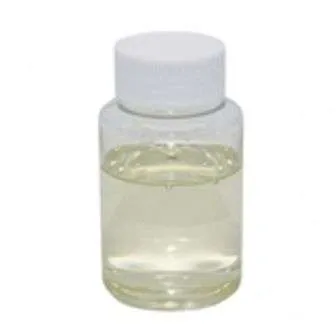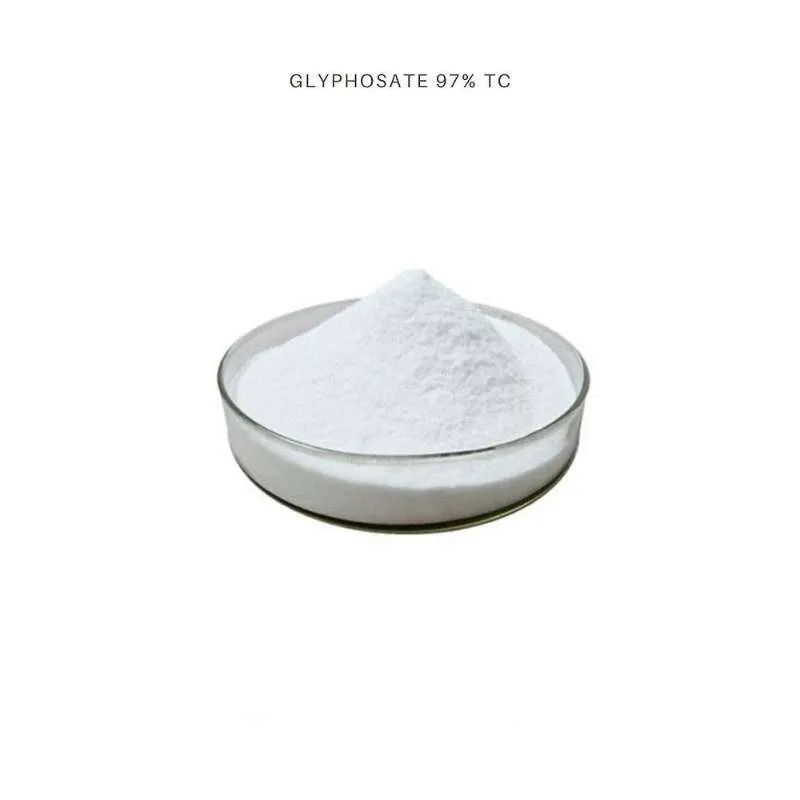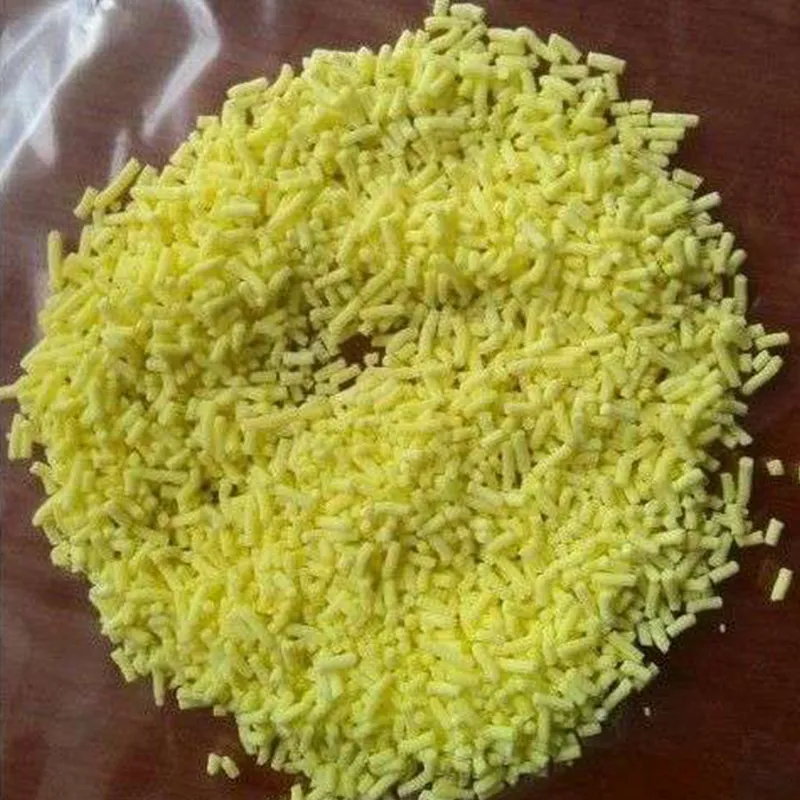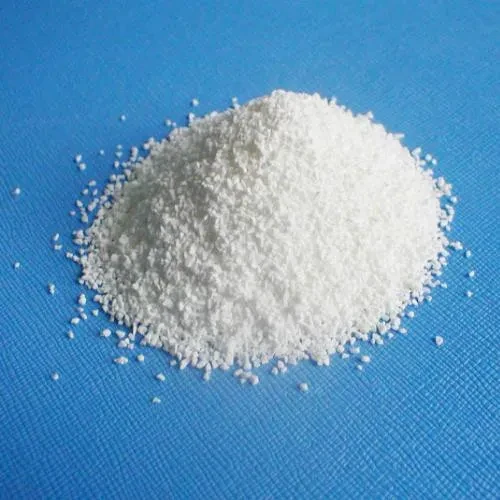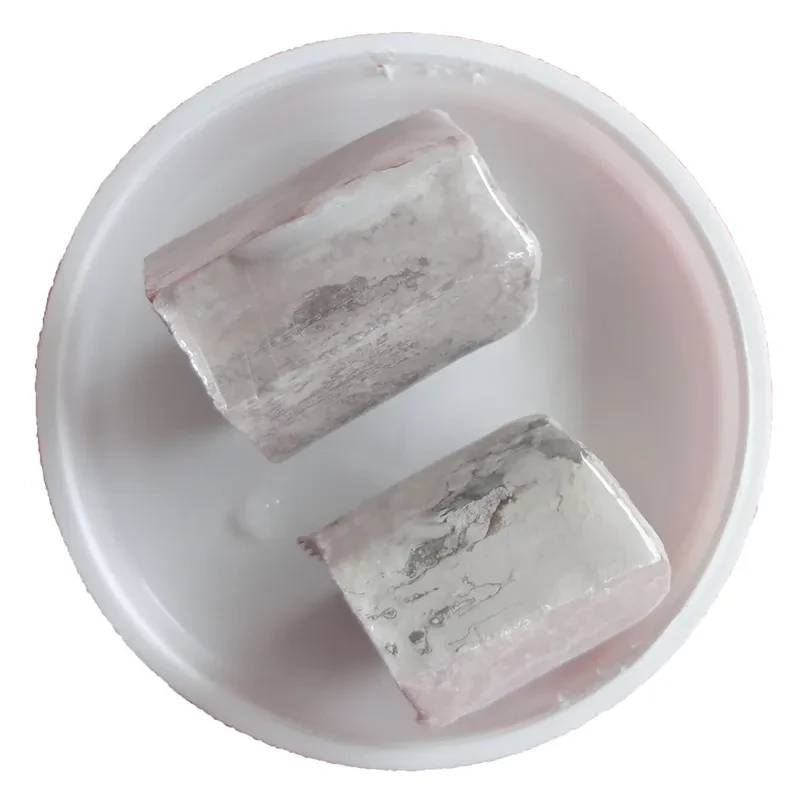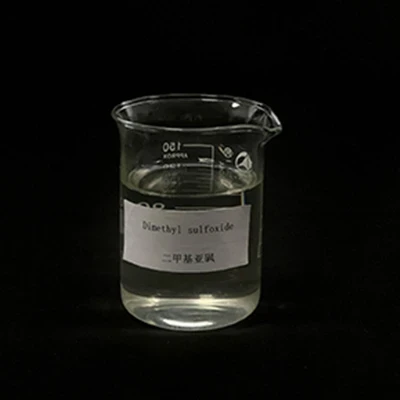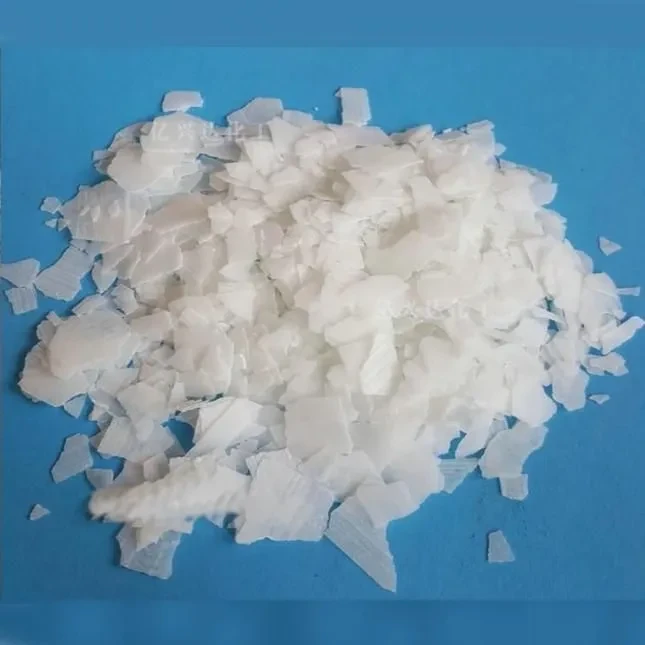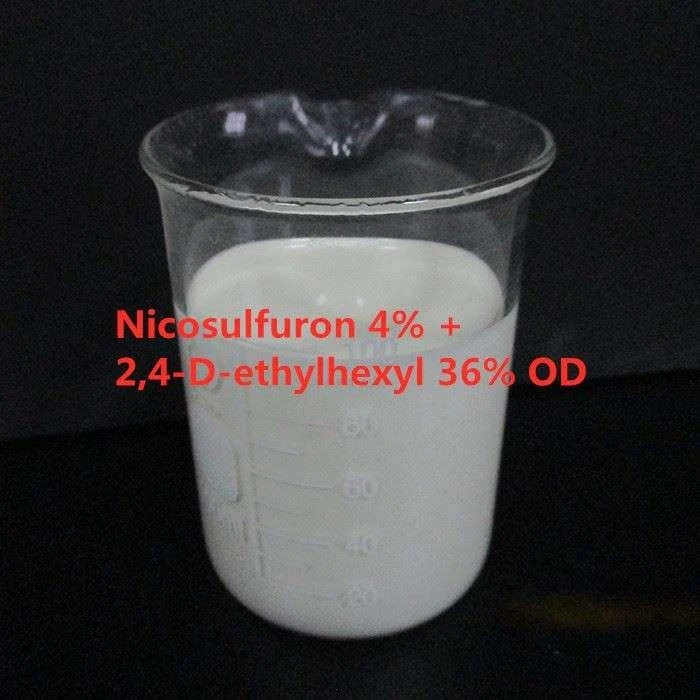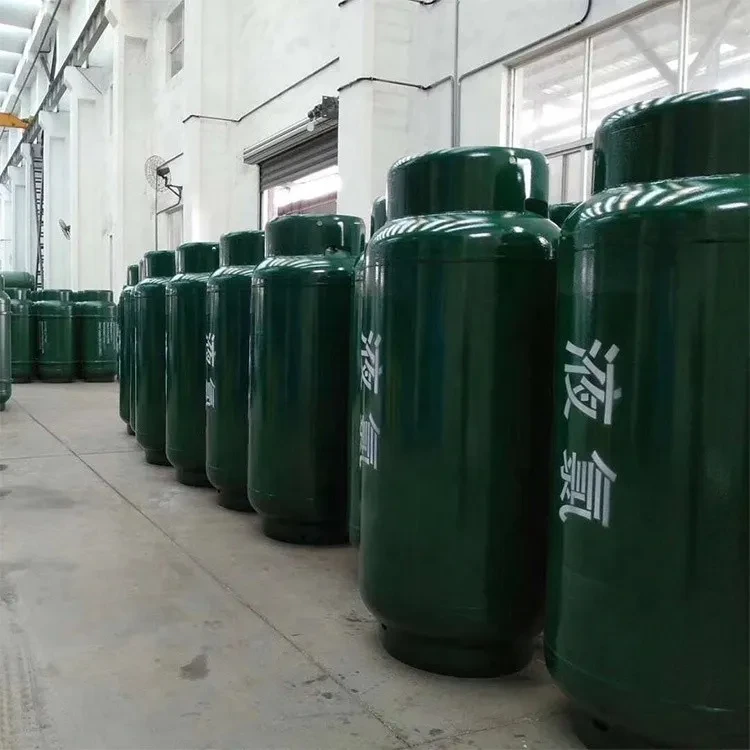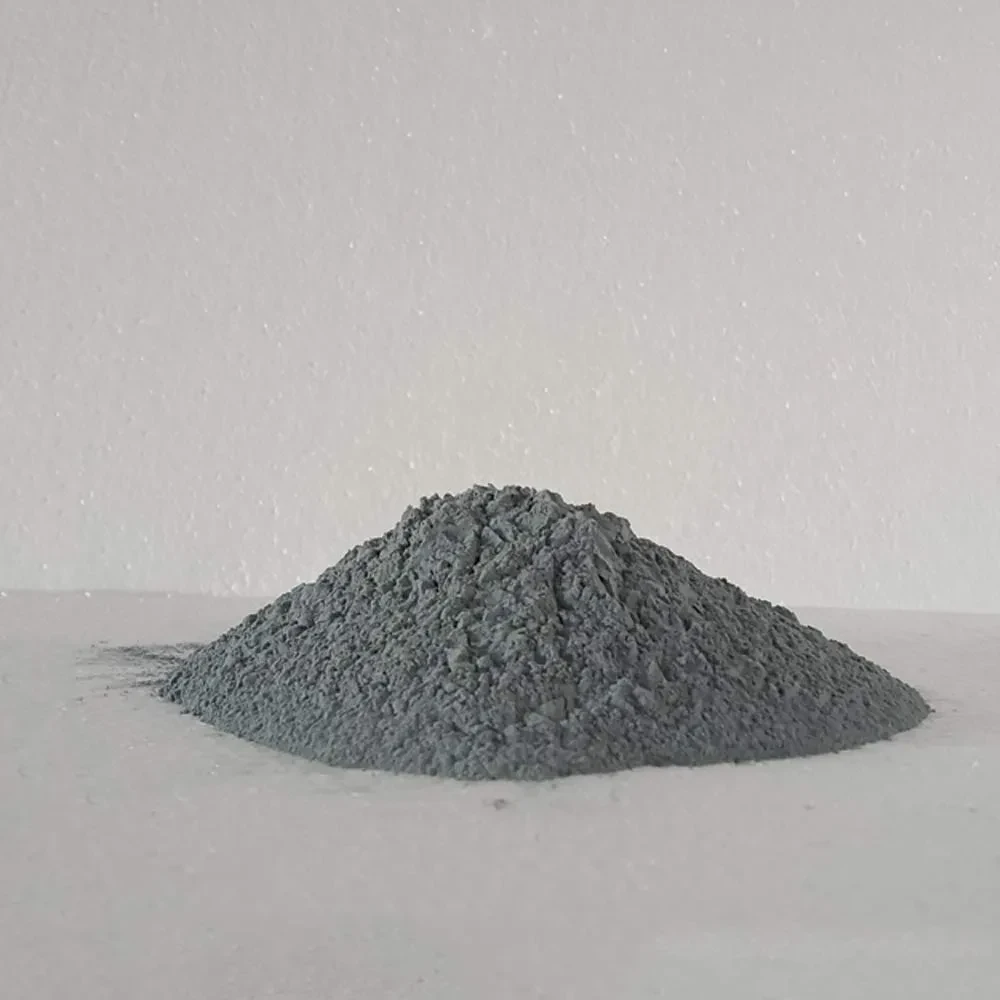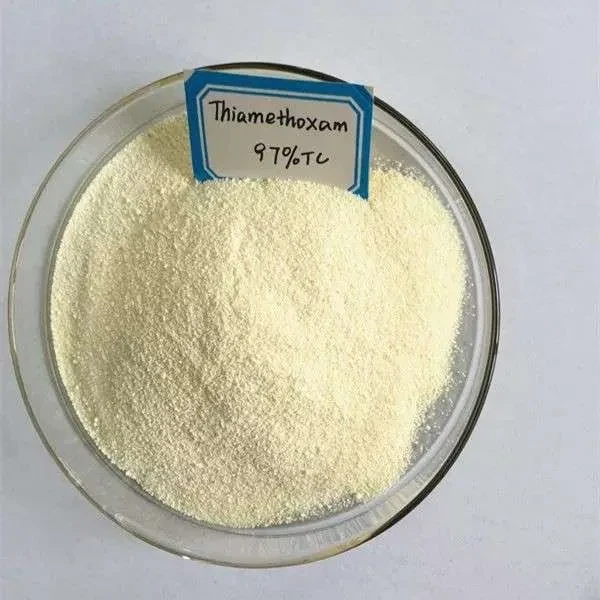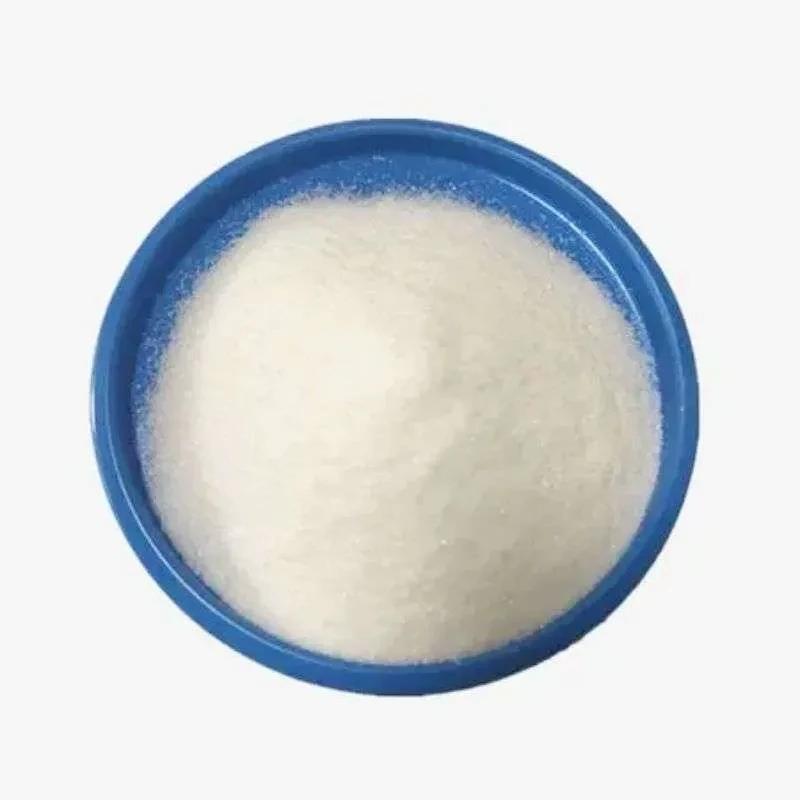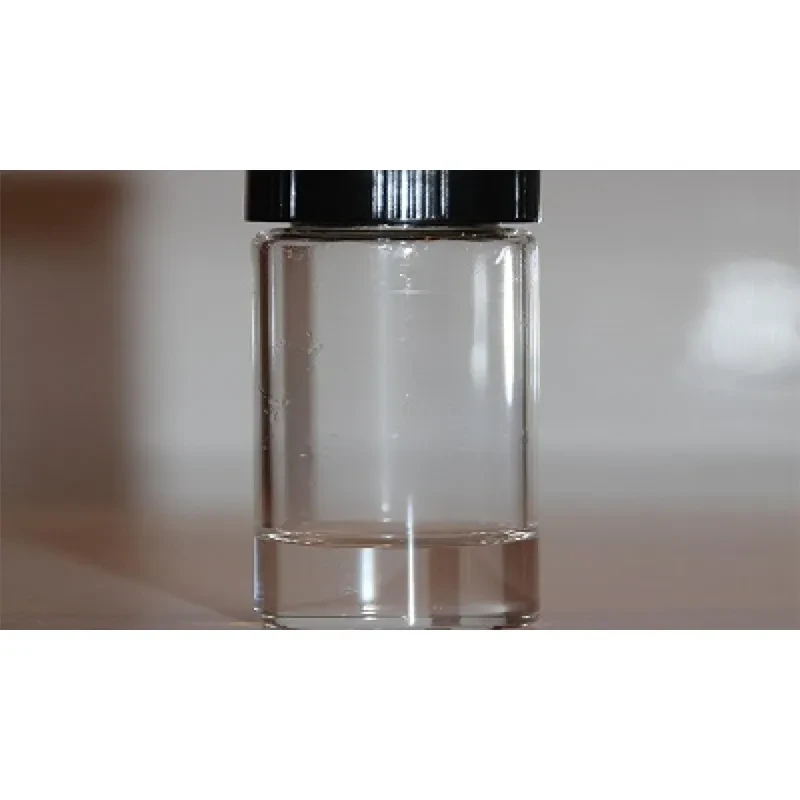CAS: 1071-83-6
MF: C3H8NO5P
MW: 169.07
|
Melting point |
230 °C (dec.) (lit.) |
|
Boiling point |
465.8±55.0 °C(Predicted) |
|
density |
1.74 |
|
Fp |
230°C |
|
storage temp. |
APPROX 4°C |
|
solubility |
DMSO: slightly soluble; PBS (pH 7.2): slightly soluble |
|
form |
solid |
|
pka |
1.22±0.10(Predicted) |
|
color |
White to off-white |
|
Odor |
odorless |
|
Water Solubility |
1.2 g/100 mL |
|
Decomposition |
230 ºC |
|
Stability: |
Stable. Incompatible with metals, strong oxidizing agents, strong bases. May be light sensitive. |
|
Hazard Codes |
|
|
HS Code |
29319090 |
It was originally used for controlling of grass weeds in rubber plantations and can allow the rubber tapping a year earlier and increase the production capacity of the old rubber tree. It is currently gradually extended to forestry, orchards, mulberry fields, tea plantations, rice and wheat, and rape rotation land. Different kinds of weeds have different sensitivity to glyphosate and therefore the dosage is also different. For example, for weeds such as barnyardgrass, green bristlegrass, Alopecurus aequalis, Eleusine indica, crabgrass, cleavers and other annual weeds, the dosage calculated according to the amount of the active ingredient should be 6~10.5 g/ 100 m2. For semen plantaginis, horseweed, and dayflower, the dosage of being an active ingredient should be 11.4~15g/100m2. For cogon, Panicum repens, and reeds, the dosage can be 18~30 g /100m2, generally the used amount of water should be 3~4.5 kg. Apply direct and even spray to the stems and leaves of the weed.
It is a kind of non-selective, post-emergent herbicide with short residue life. It can be used for control of perennial deep roots weeds, annual and biennial weeds, sedges and broadleaf weeds.
Glyphosate is an organic phosphorus herbicide and its herbicidal property was found by D. D. Baird (US) in 1971. Until to the 1980s, it has become an important species in the world herbicide.



